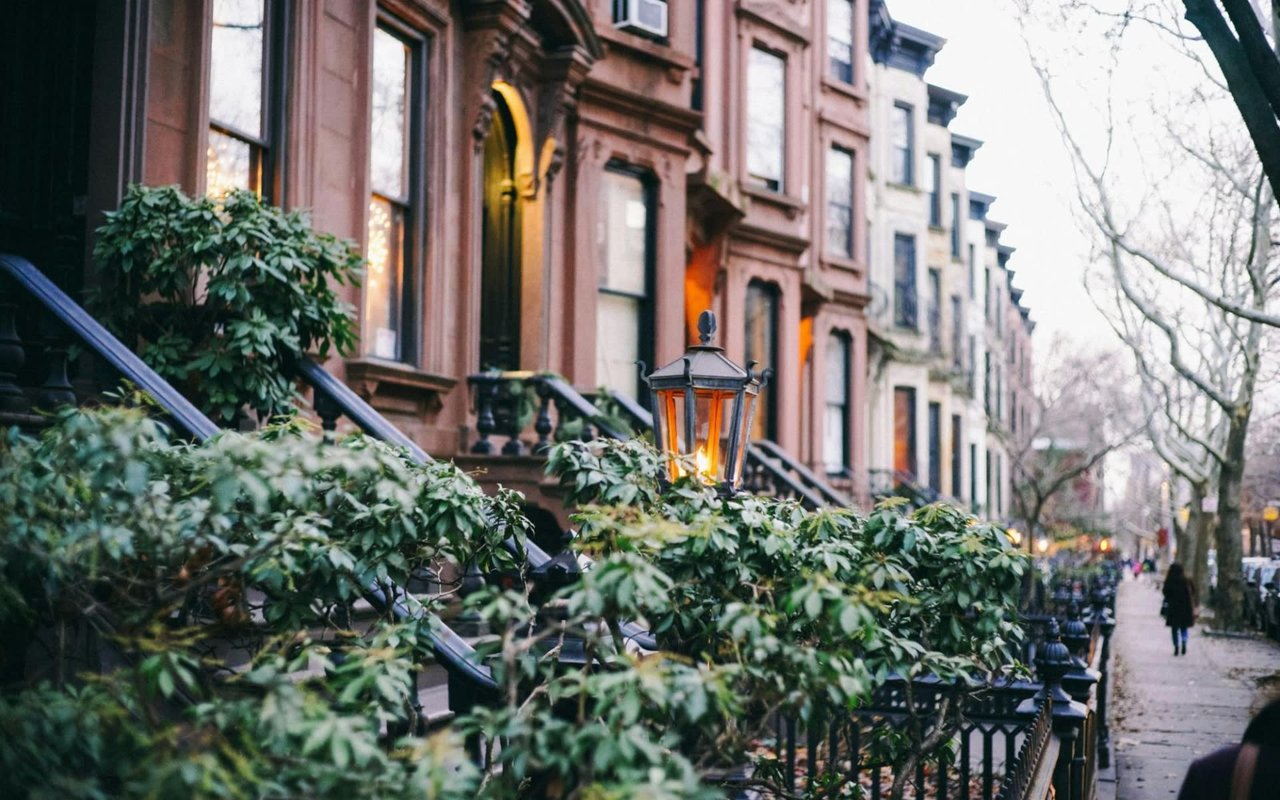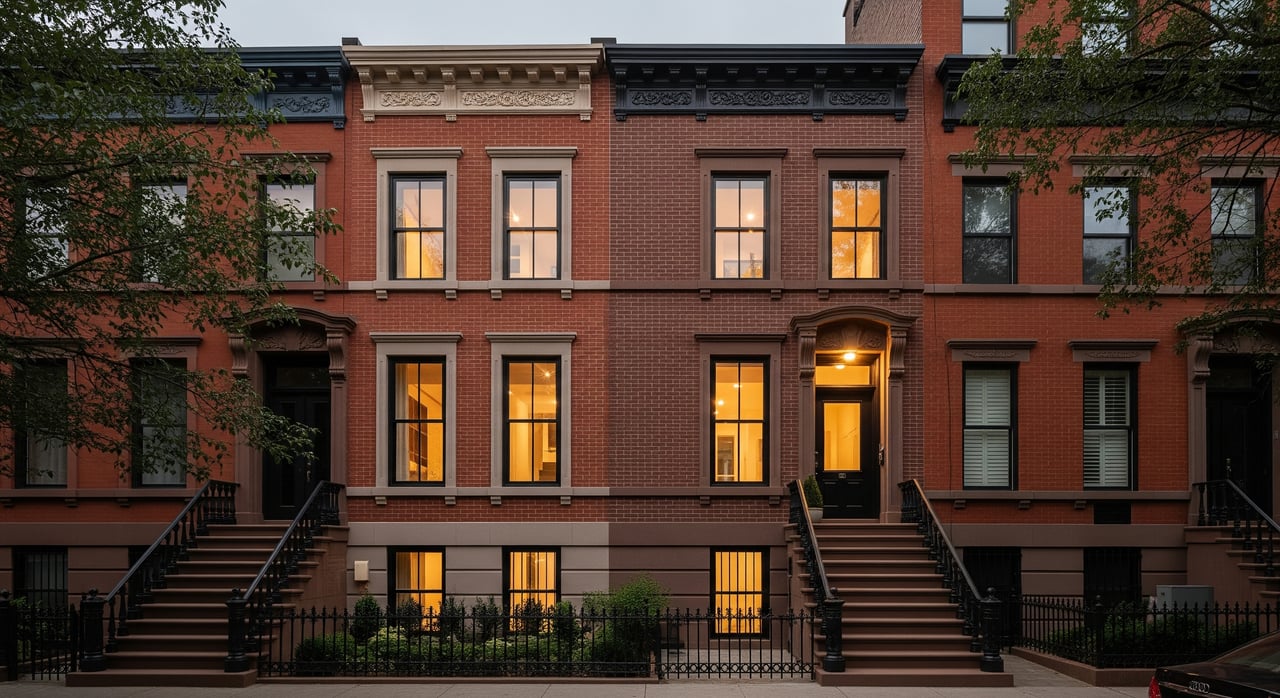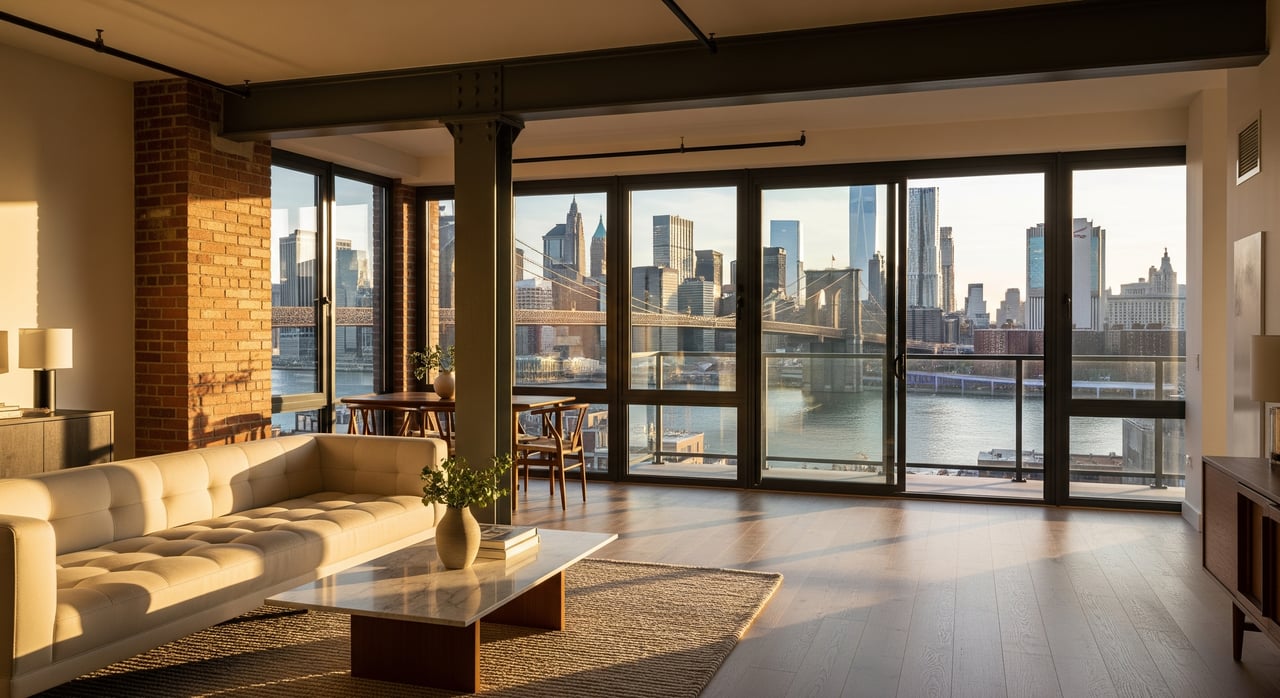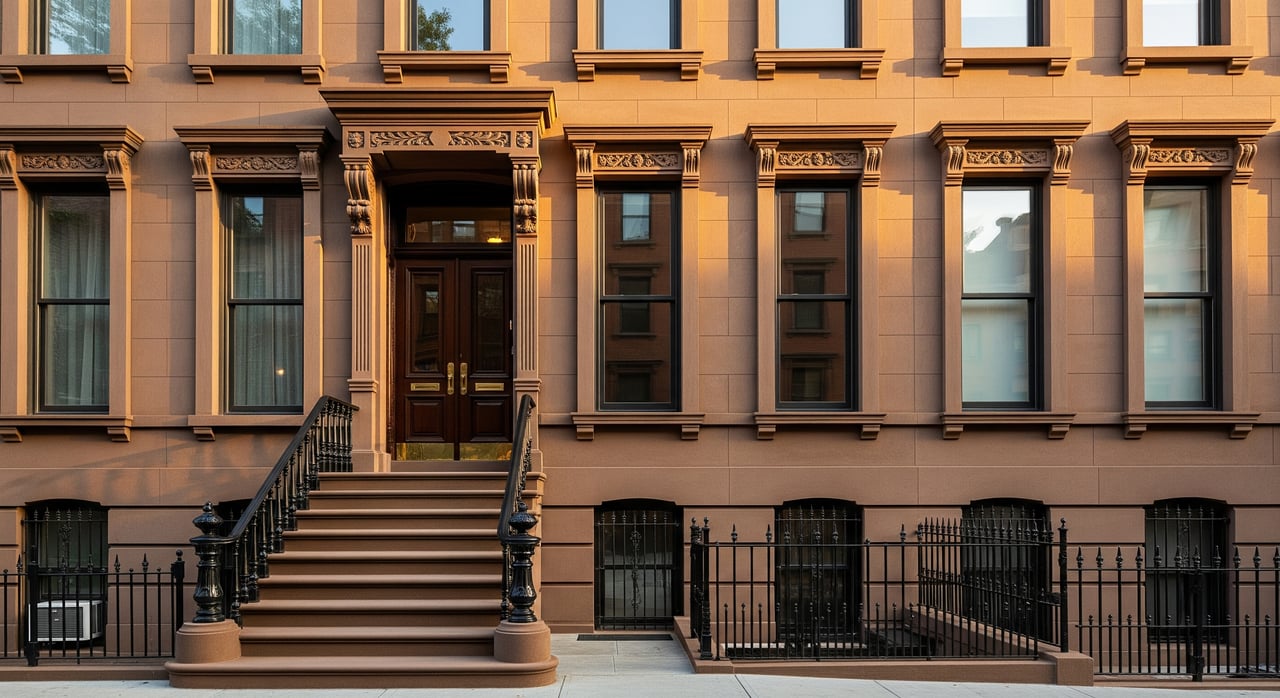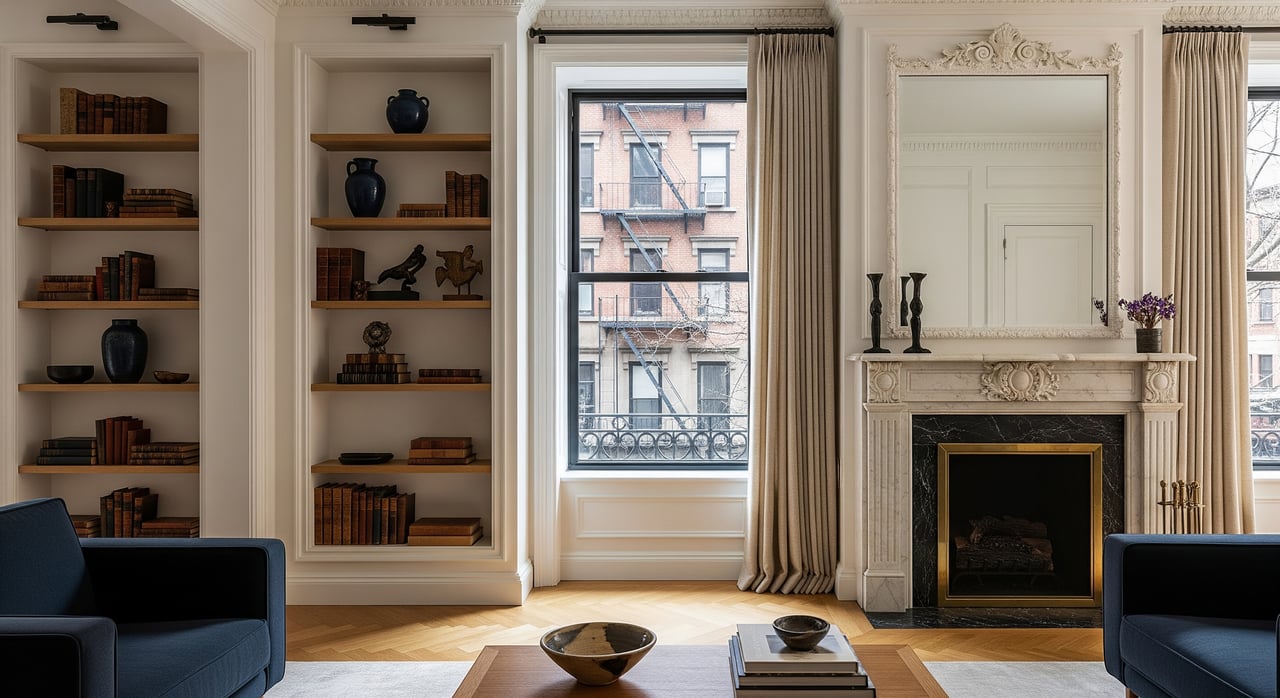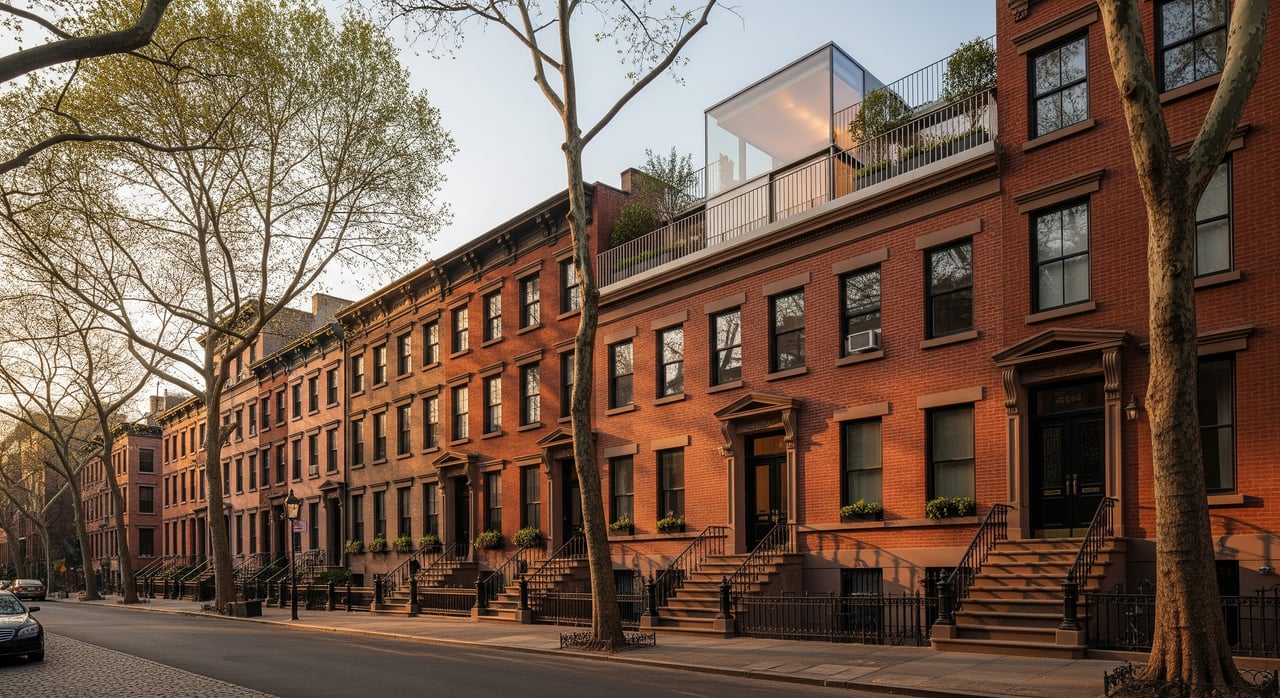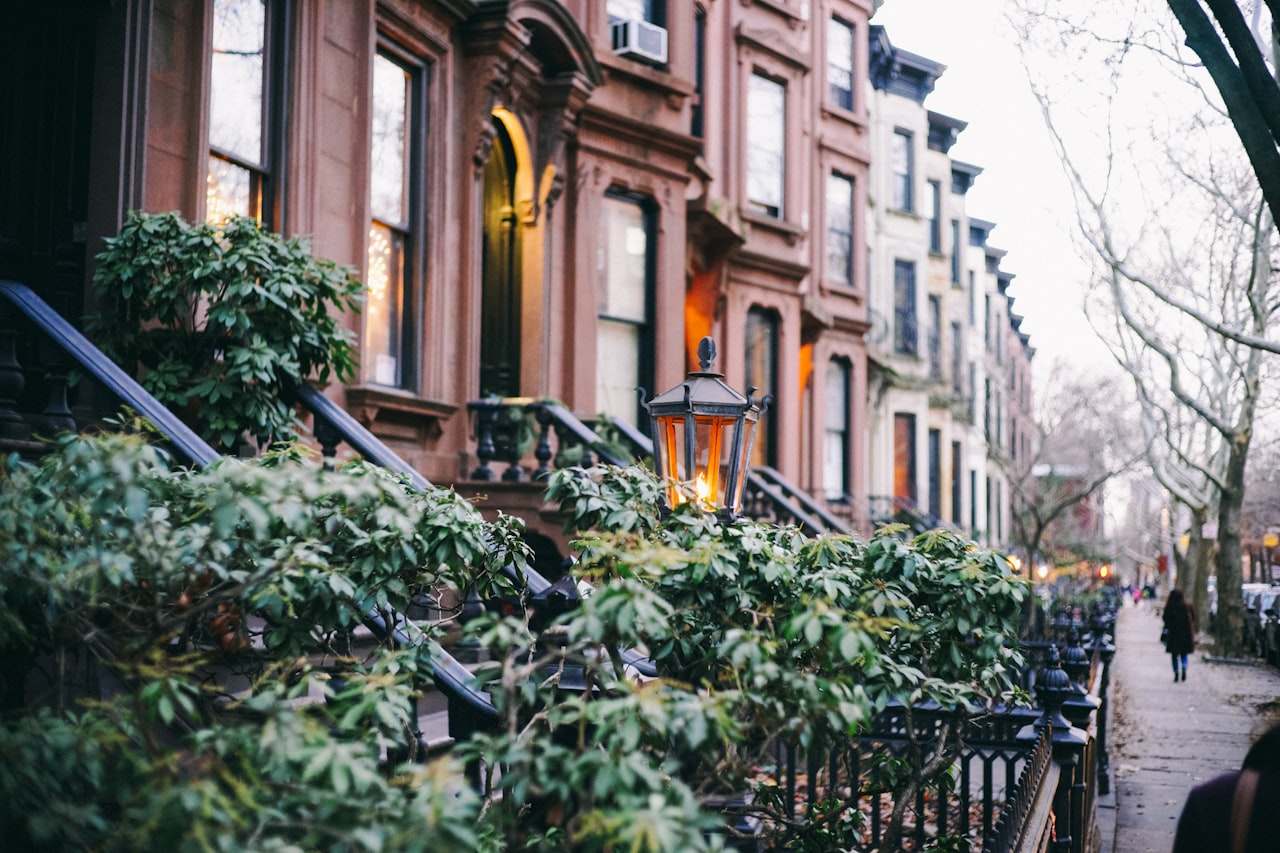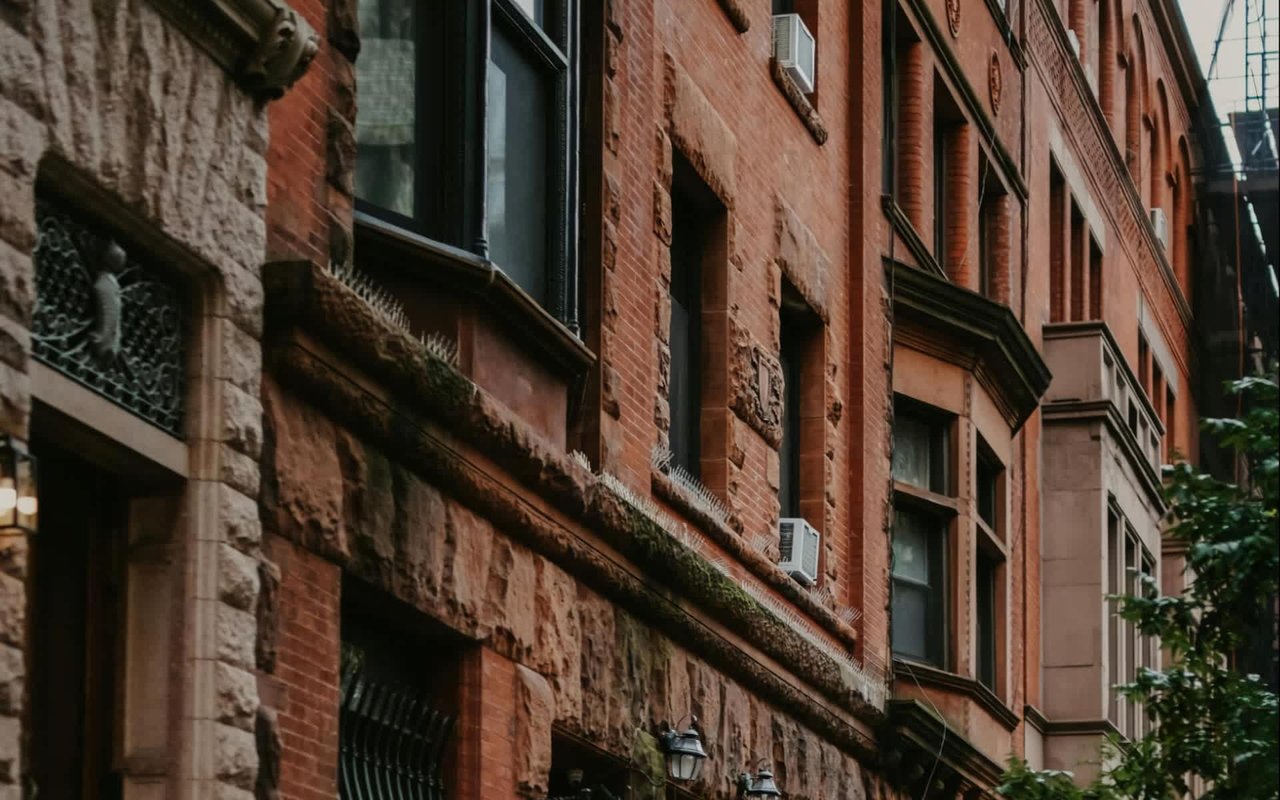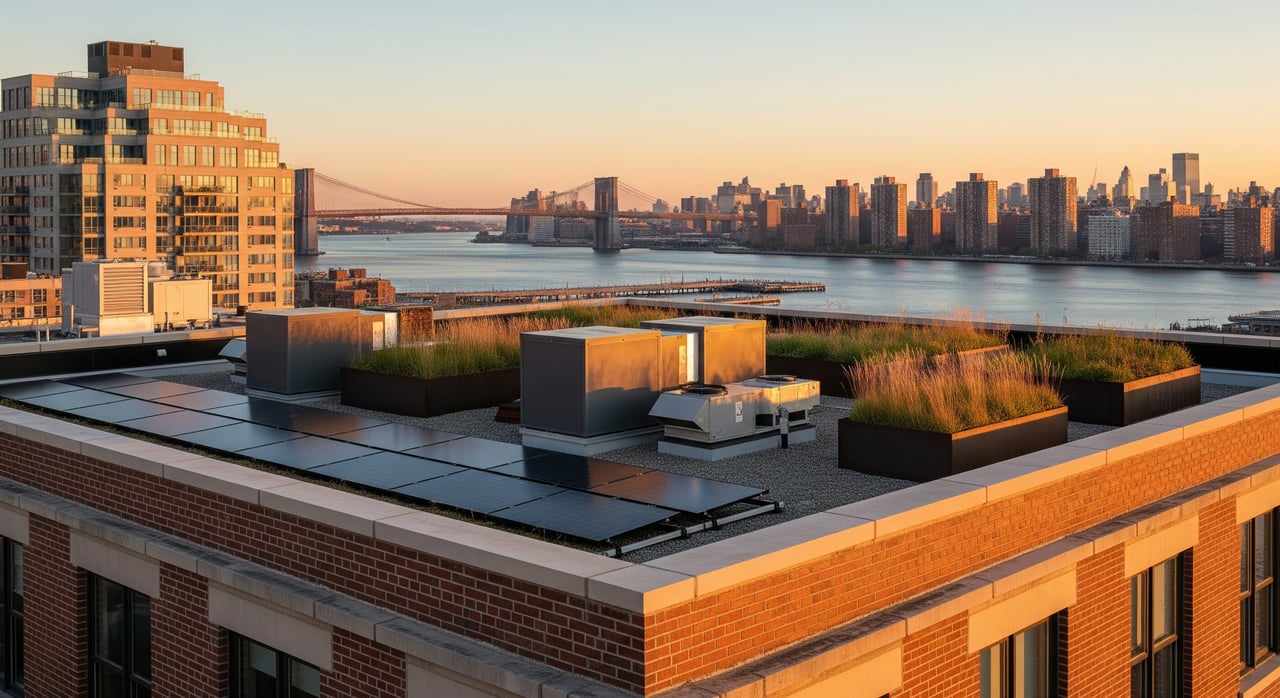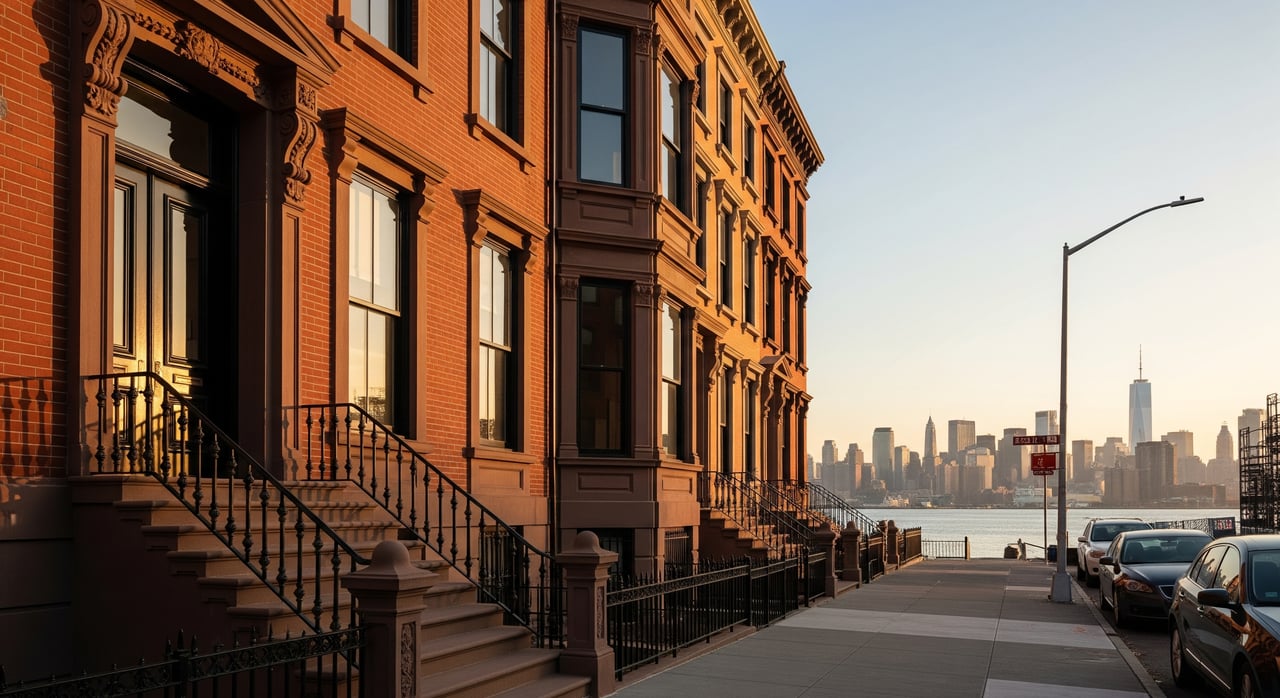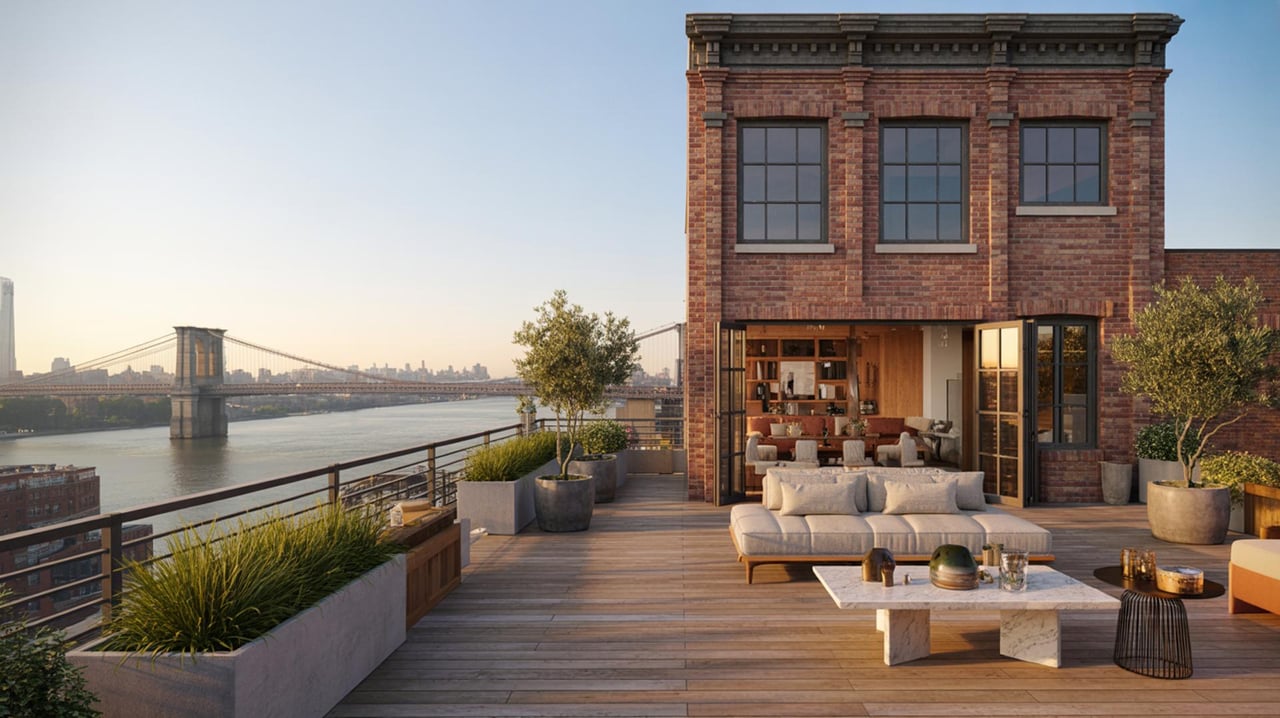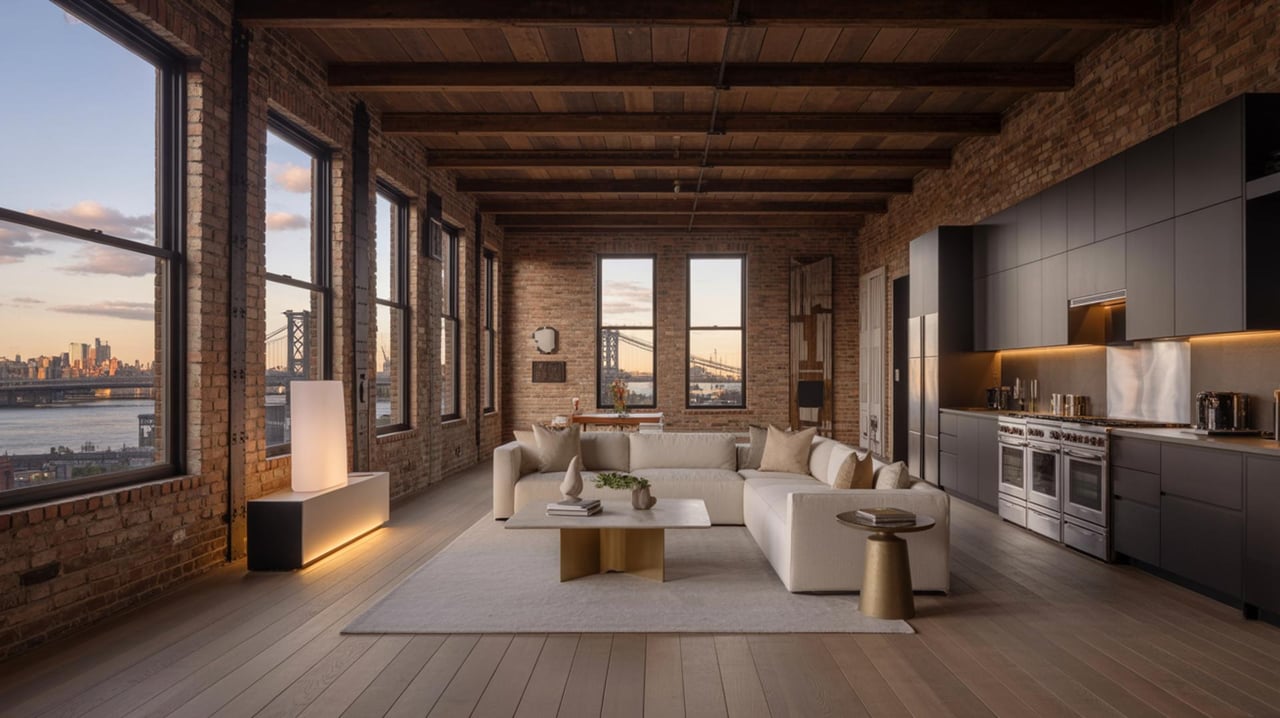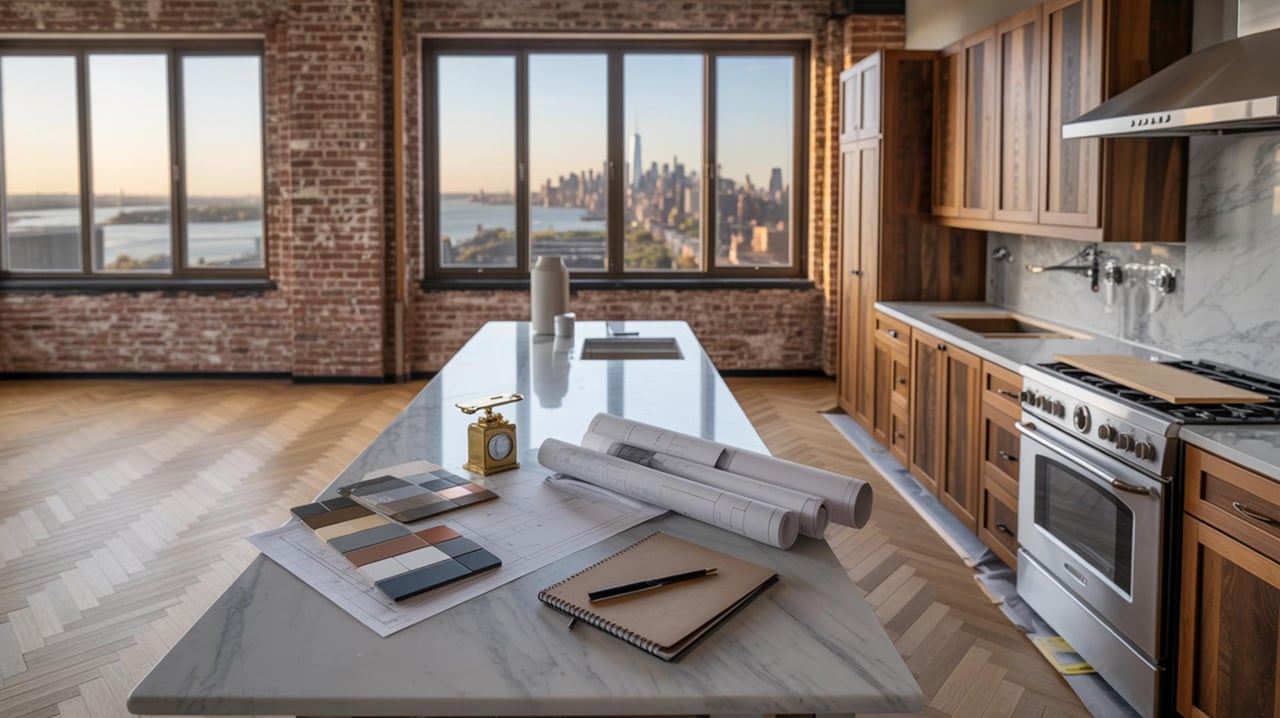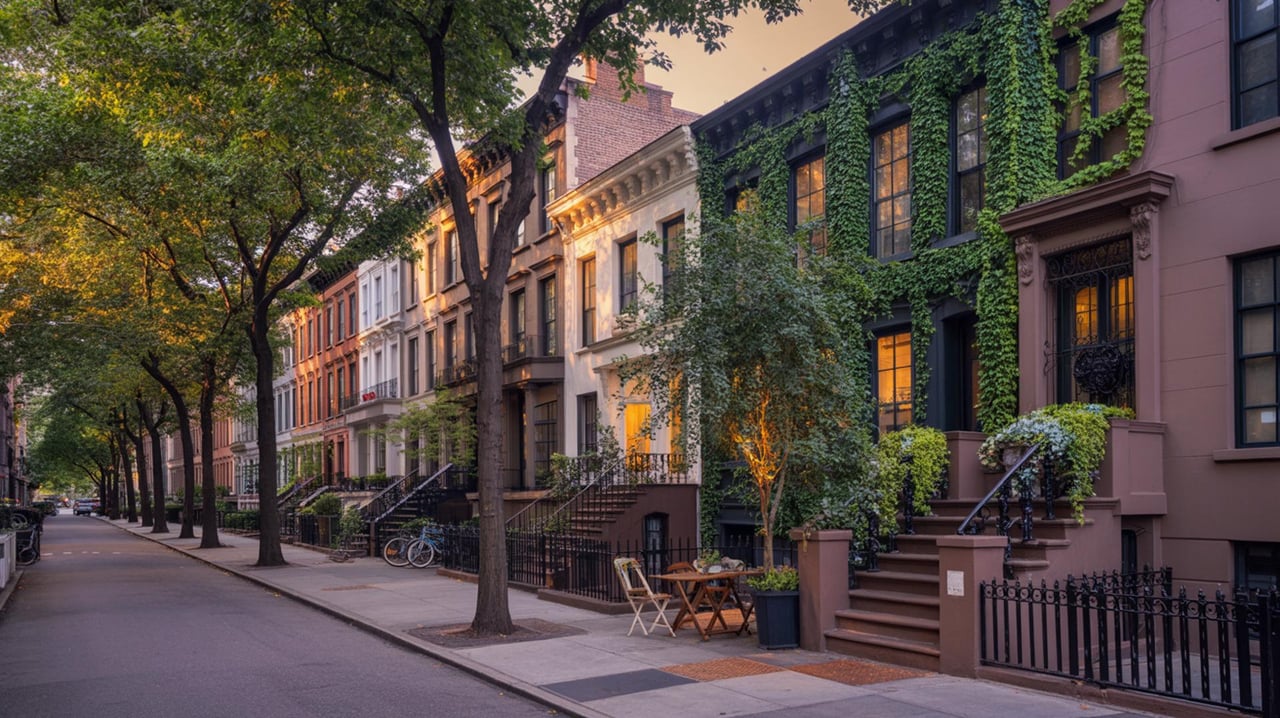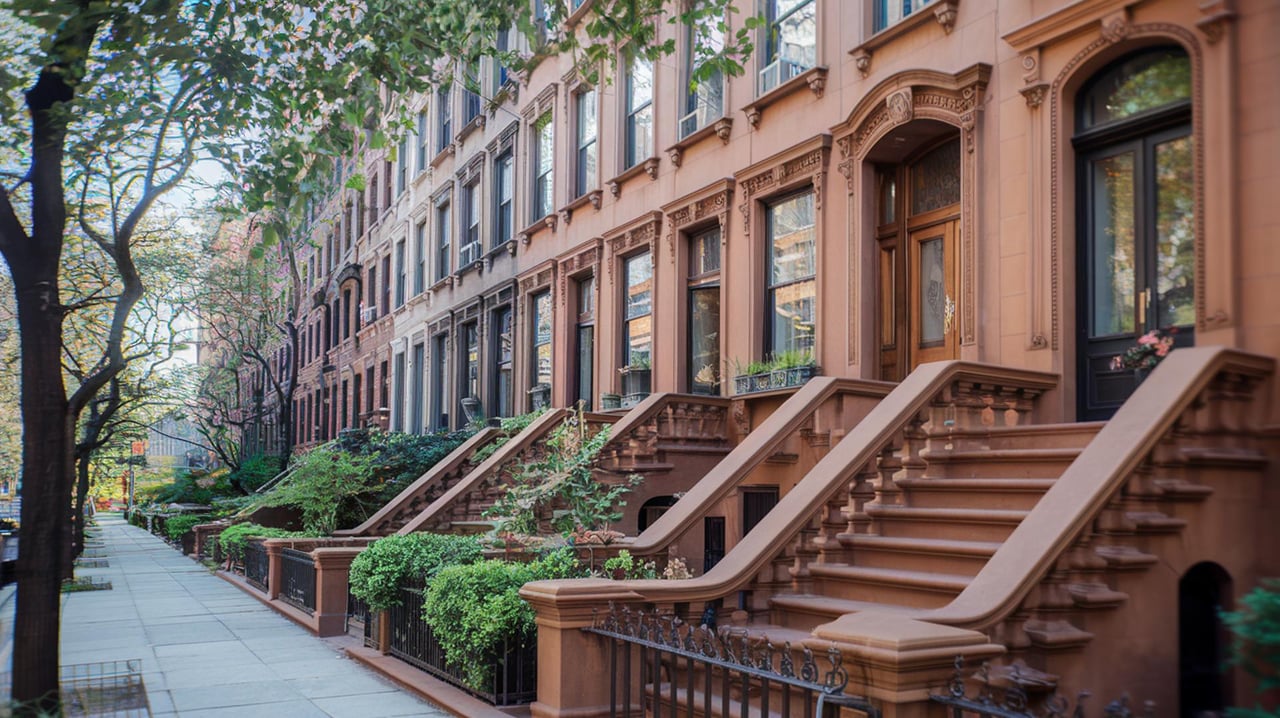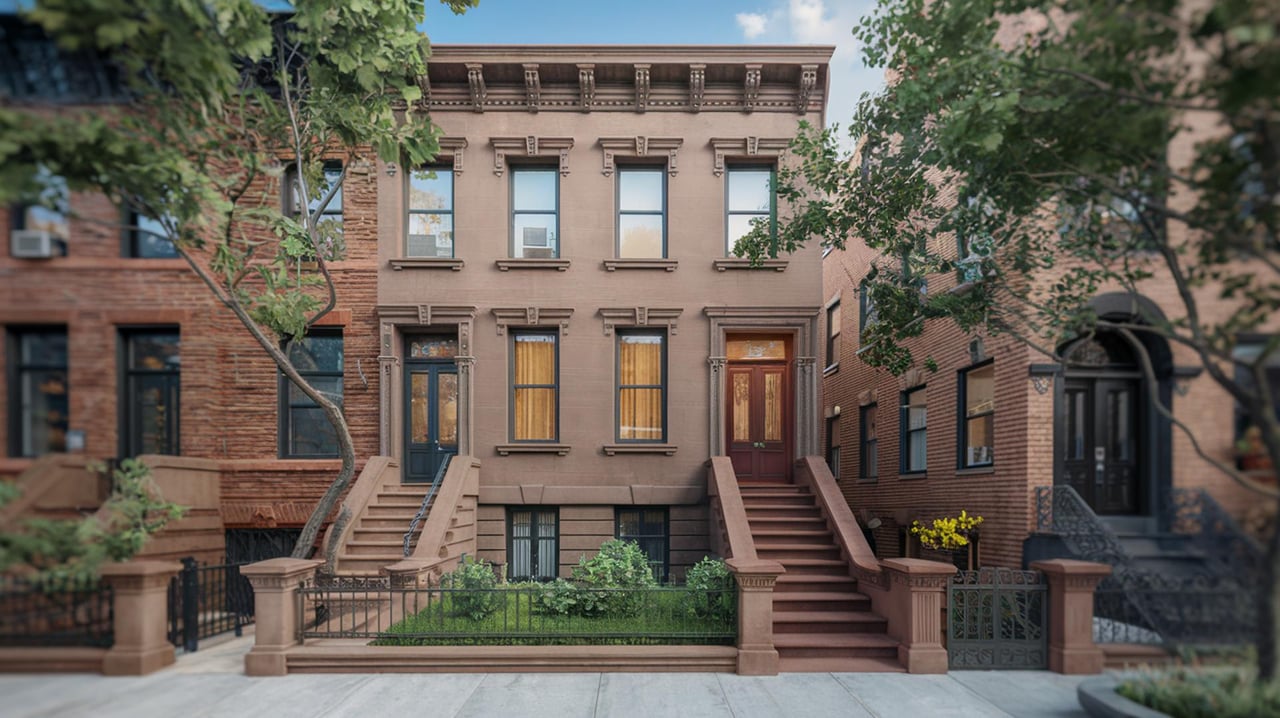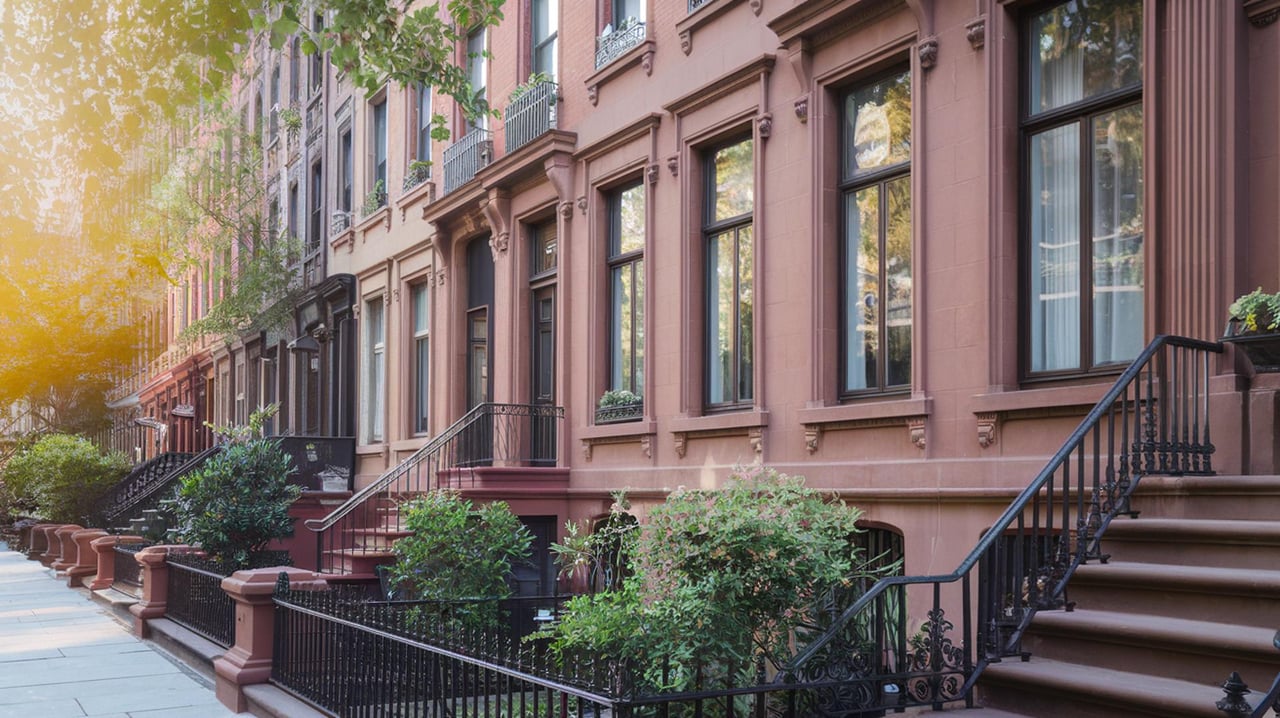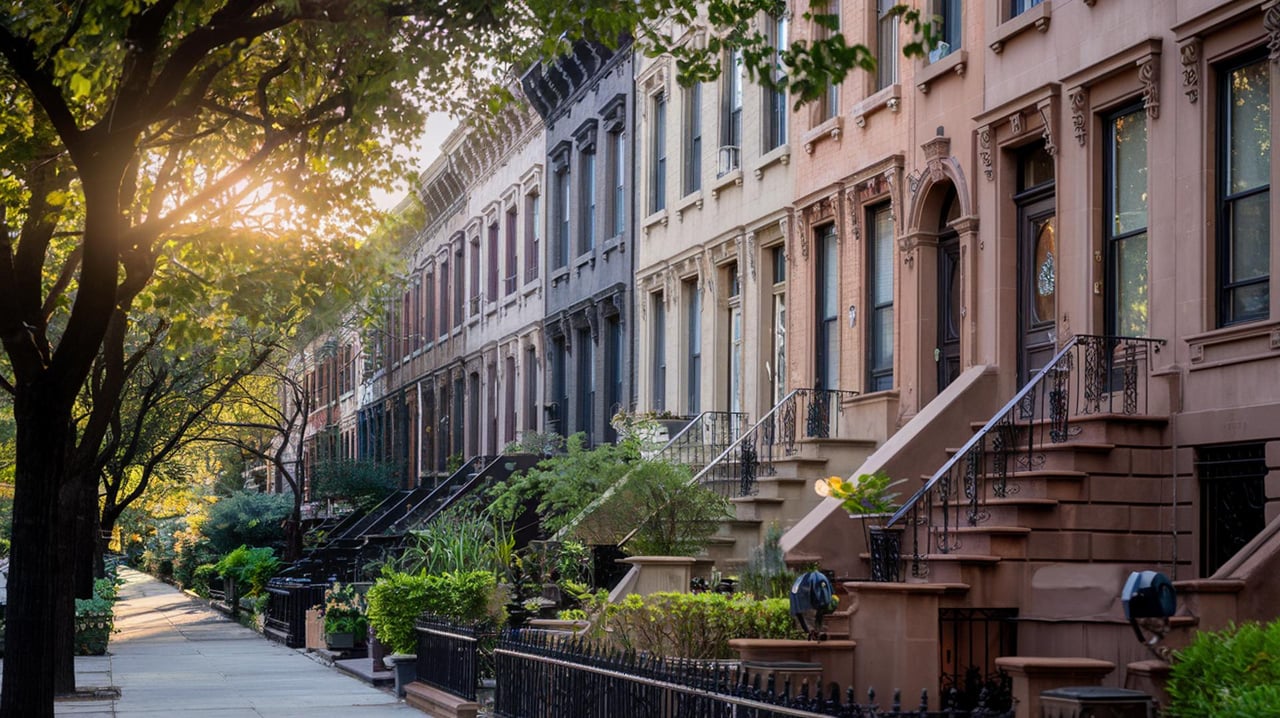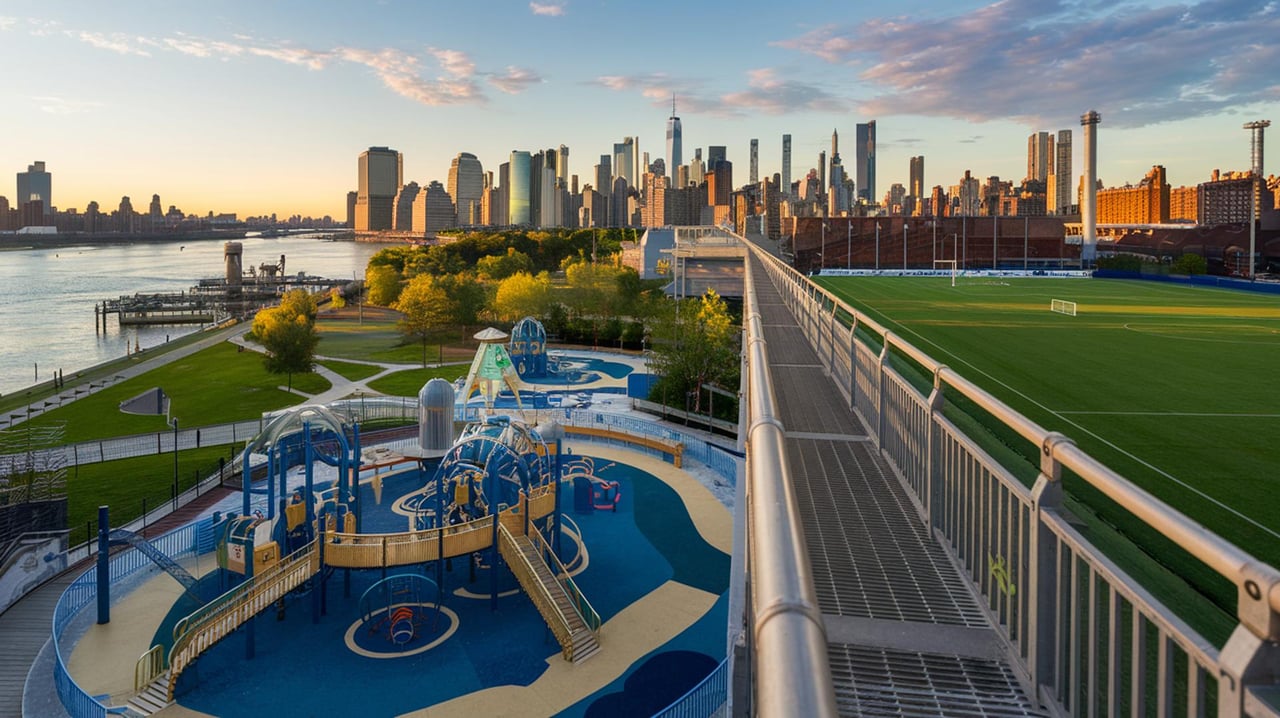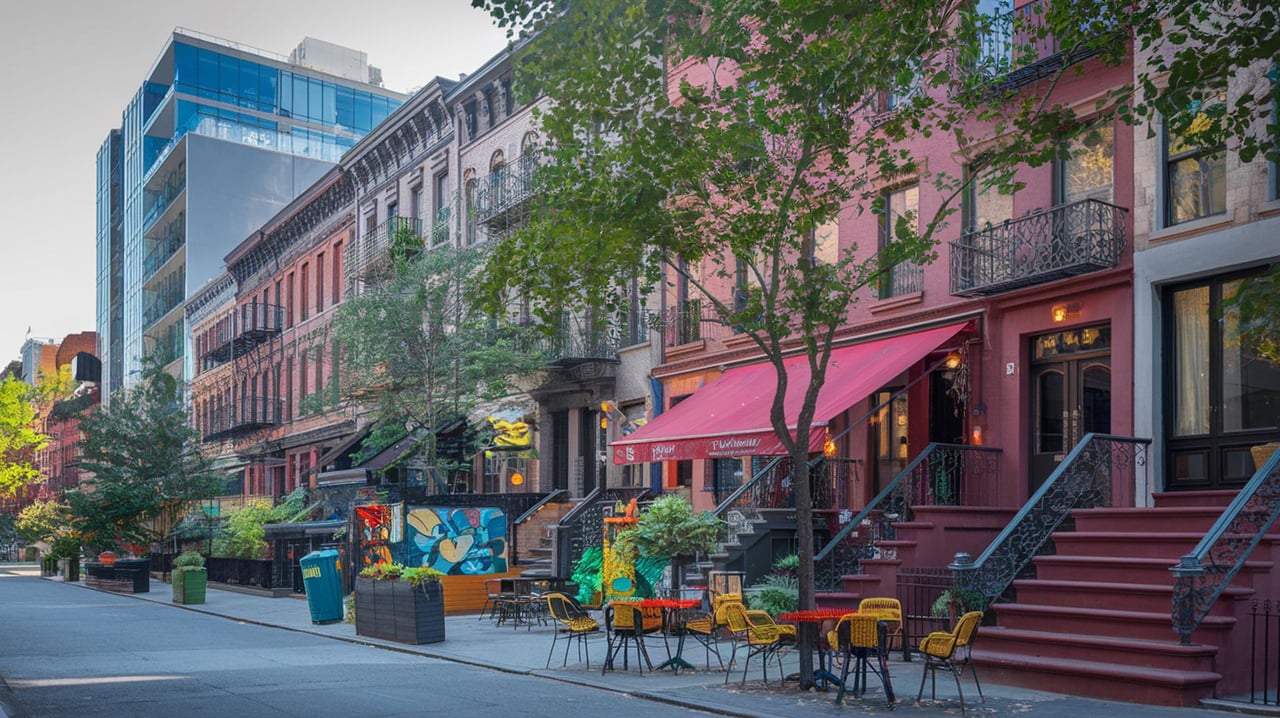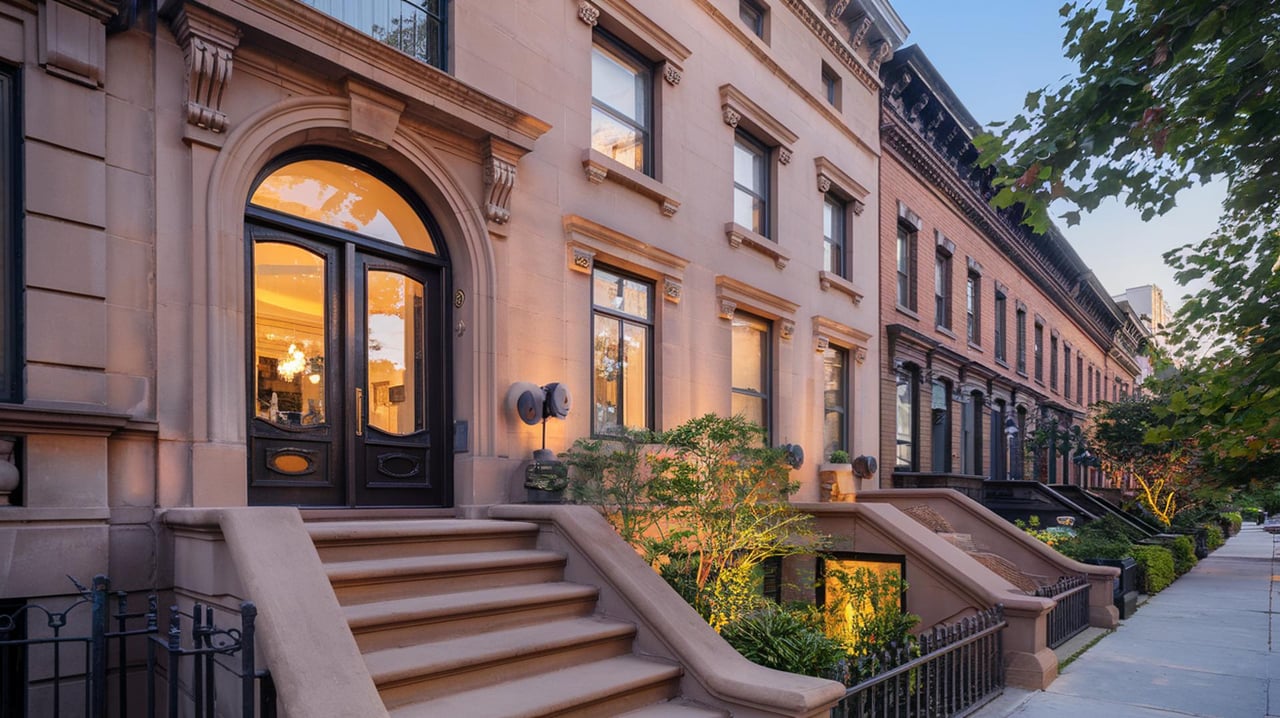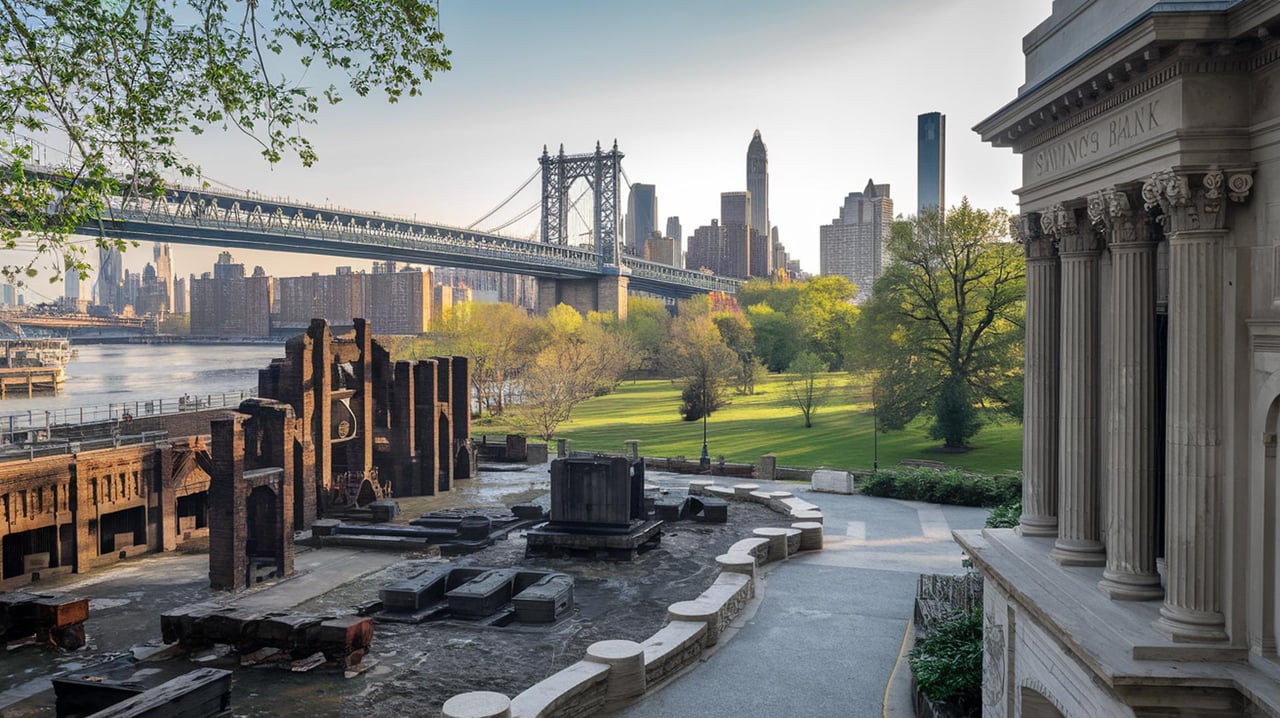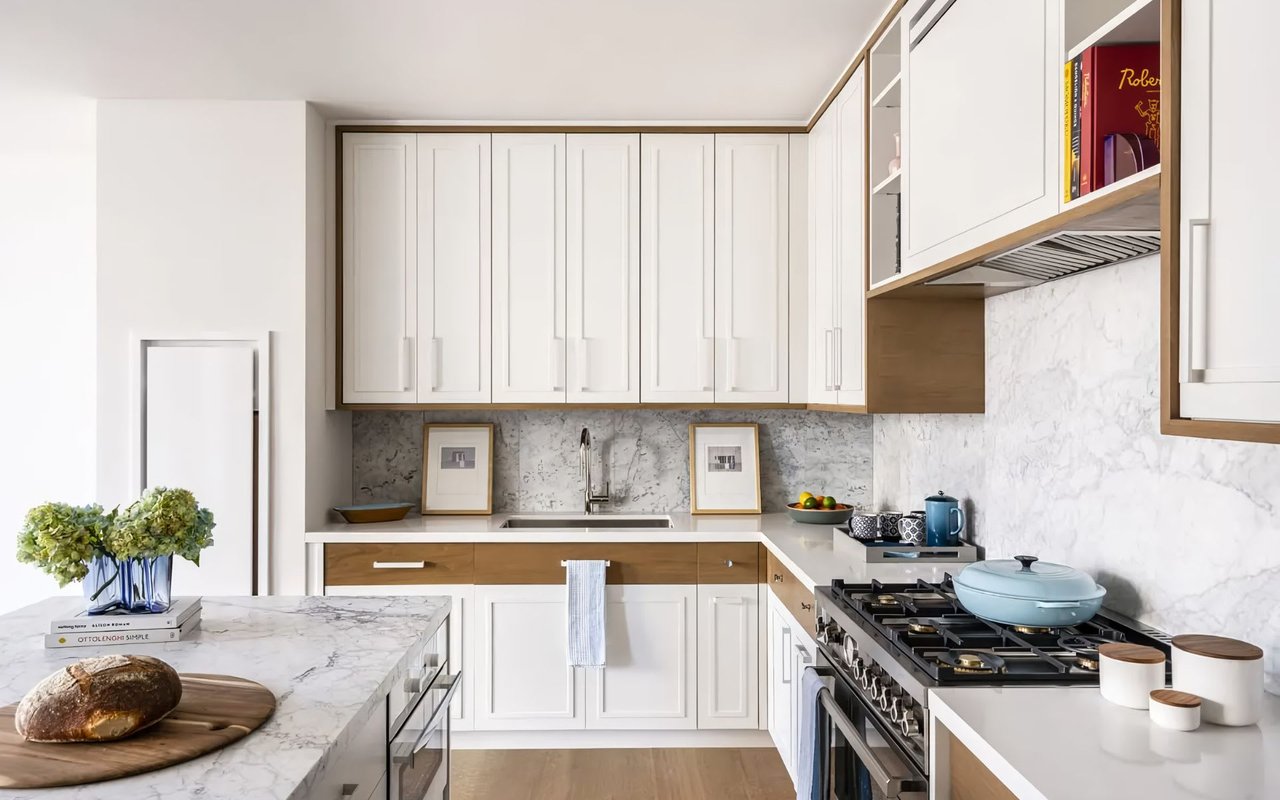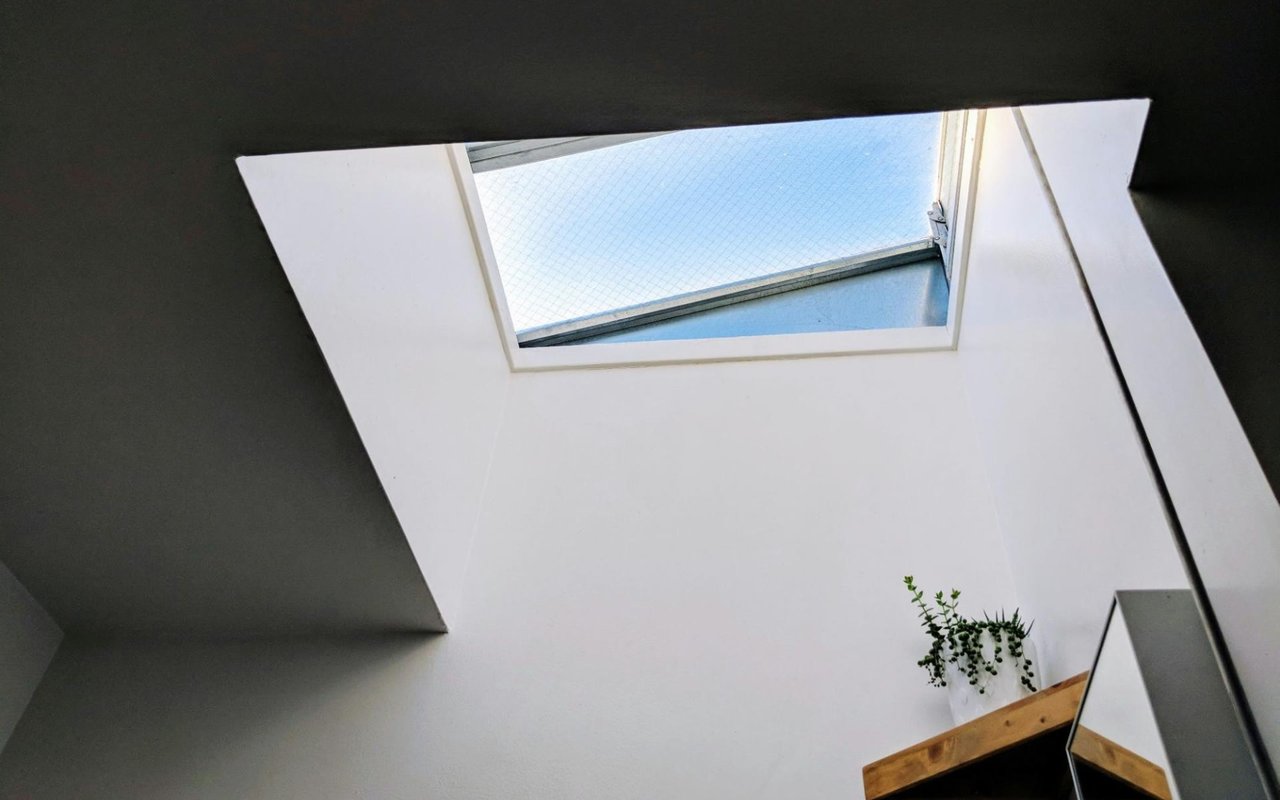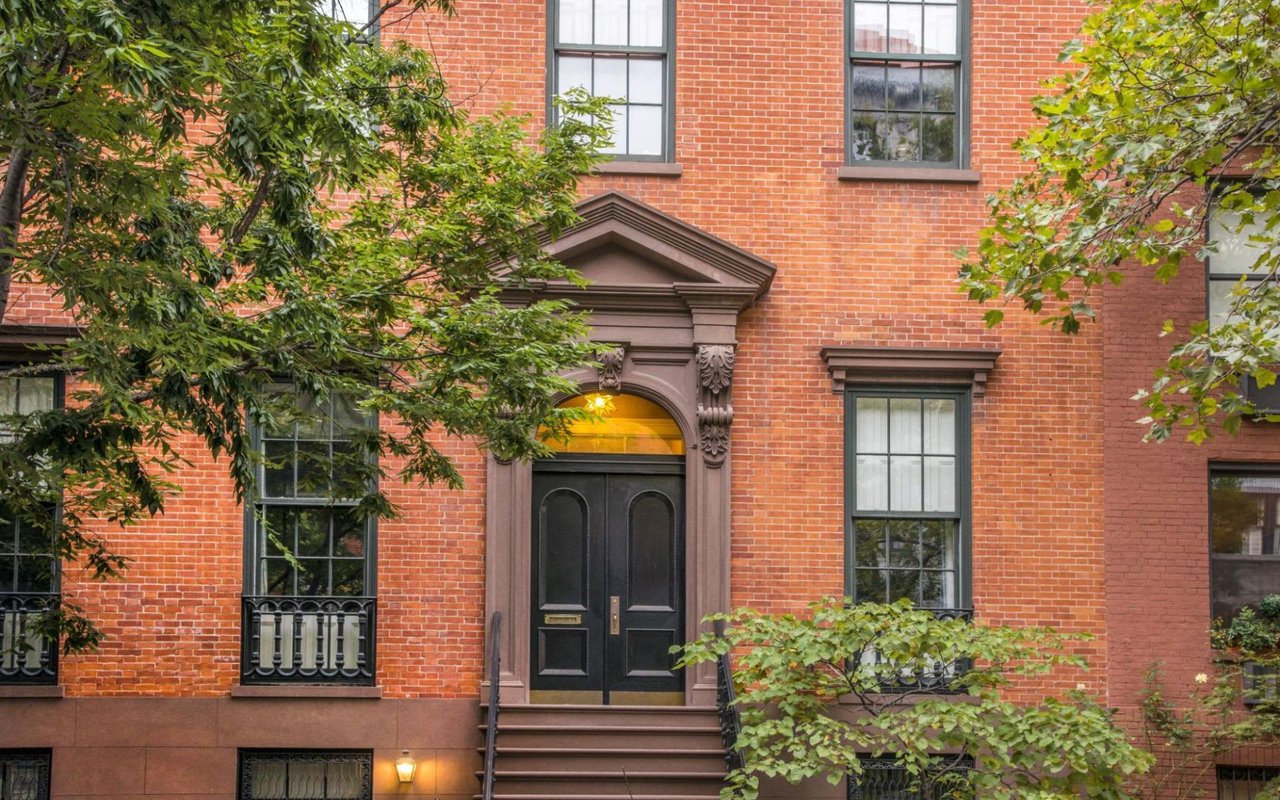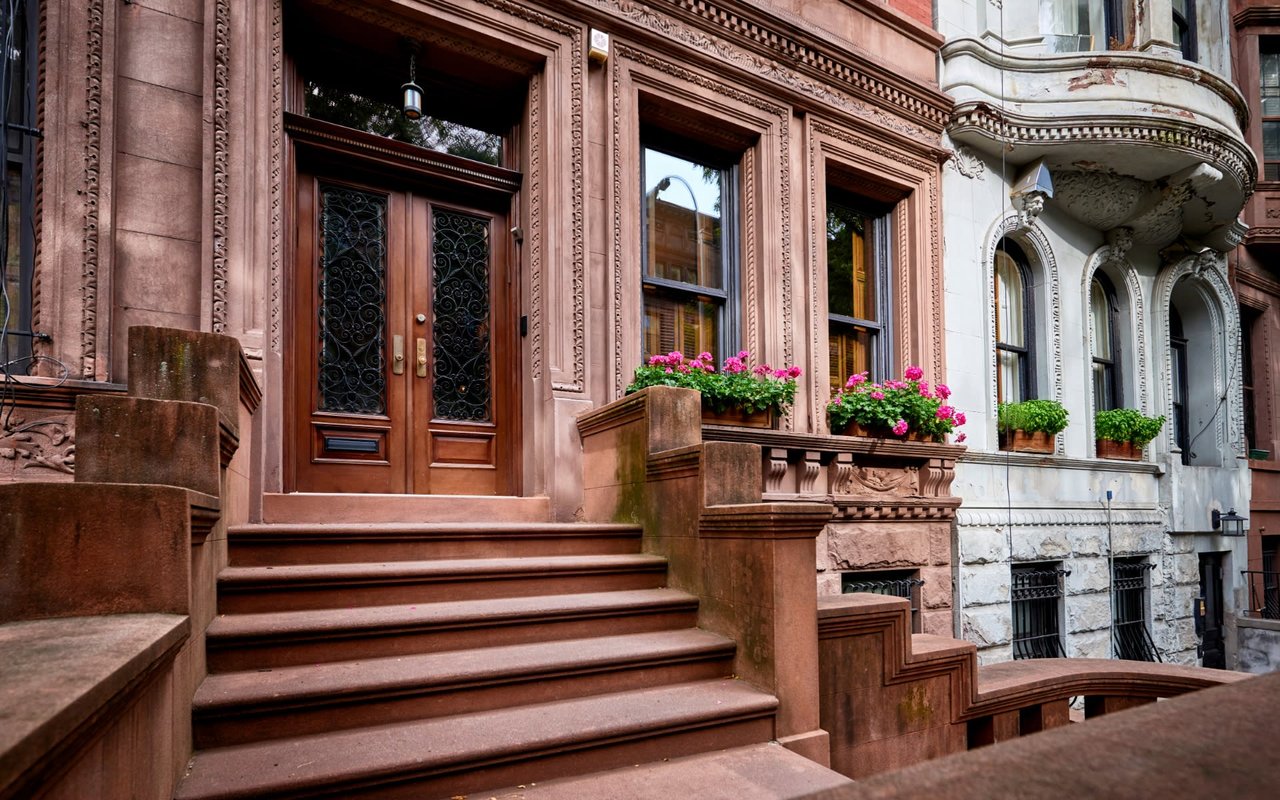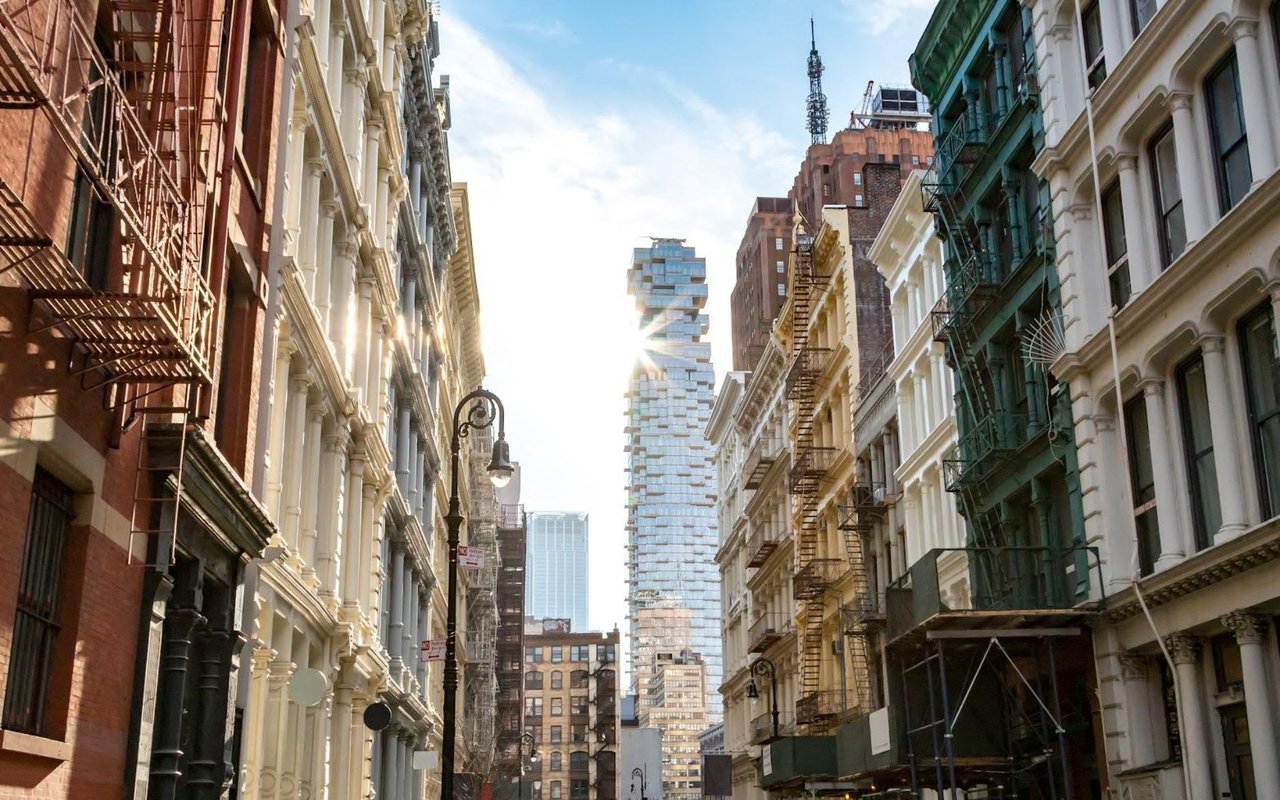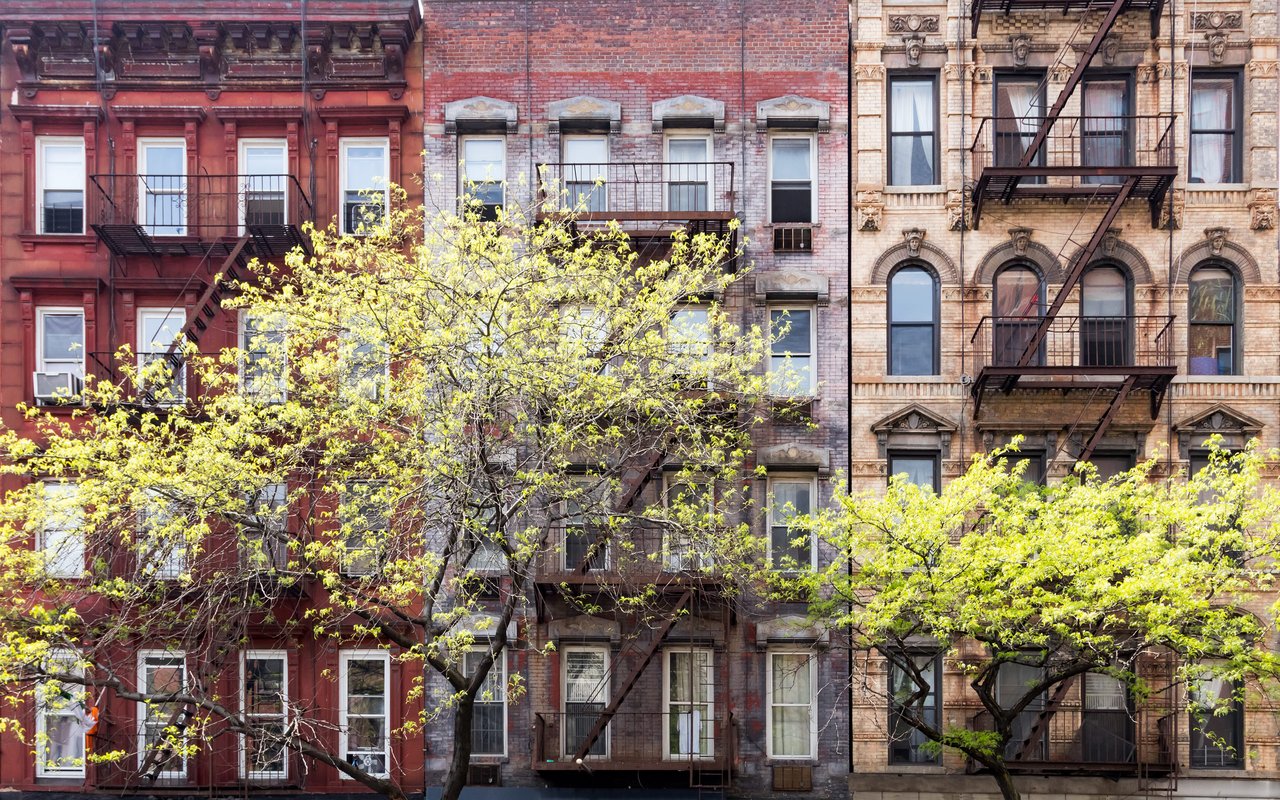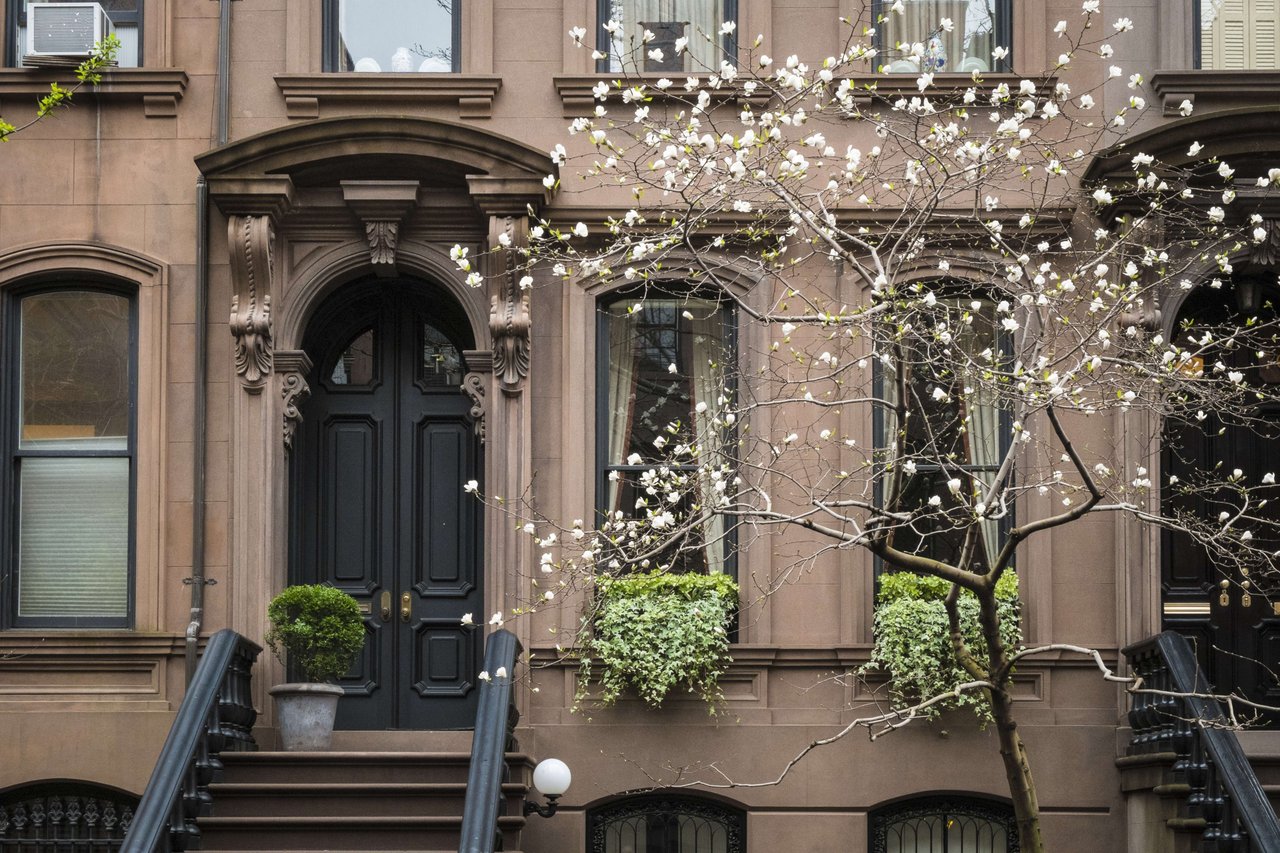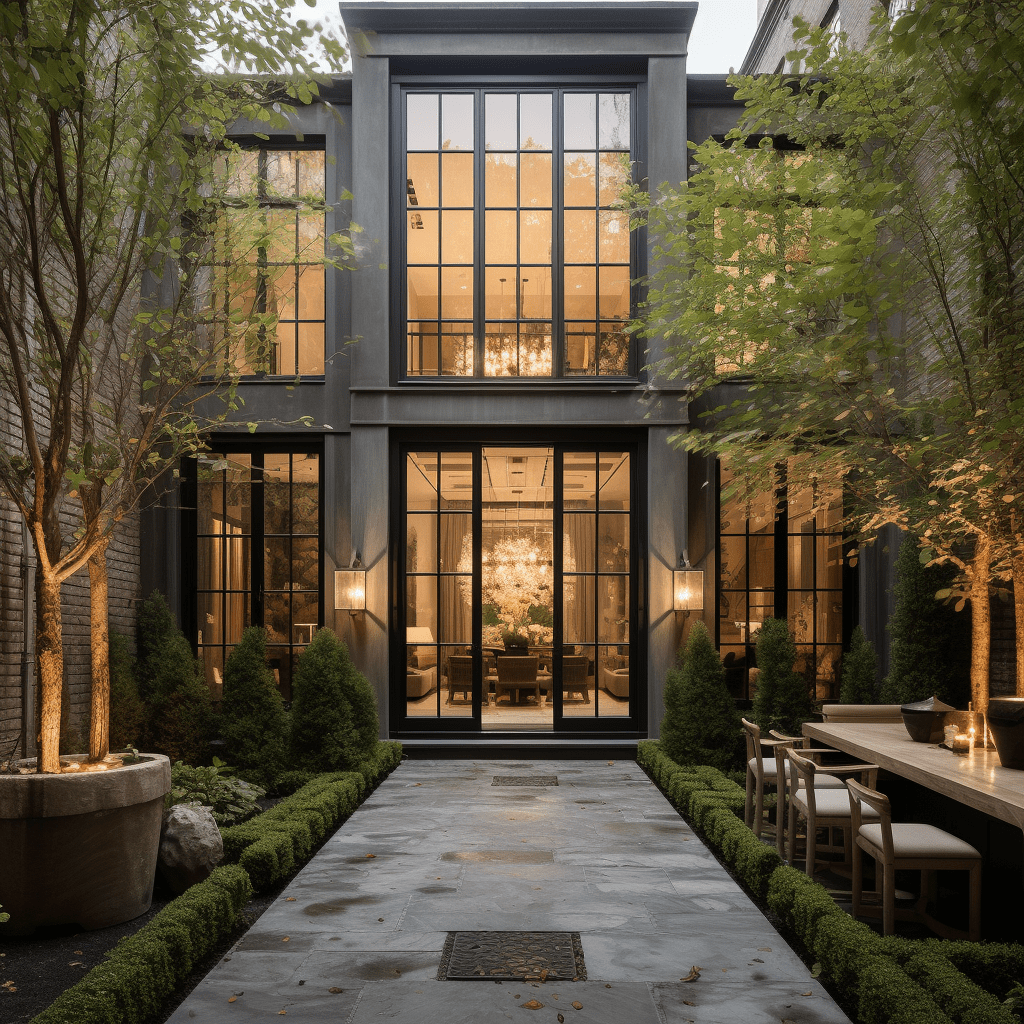Renovating a brownstone in New York City, especially in historic areas like the West Village, can be highly rewarding. However, it does require careful planning and adherence to specific regulations. Brownstones are cherished for their architectural beauty and historical significance, but renovating these properties can be complex. This guide provides an overview of the regulations and offers tips for successful home and brownstone renovations so you can meet your project goals and enhance the value of your property.
Understanding Zoning and Landmarks Regulations
Zoning Laws
Zoning laws in New York City dictate how properties can be used and what changes can be made to existing structures. Before beginning any renovation project, it's crucial to understand the zoning regulations that apply to your brownstone. These laws can impact the scope of your renovation, including the height of the building, the footprint, and the types of uses allowed.
Landmark Preservation Commission (LPC)
If your brownstone is located in a historic district or is a designated landmark, you must obtain approval from the Landmark Preservation Commission (LPC) before making any exterior changes. The LPC ensures that renovations preserve the historical and architectural integrity of the building. This process can be lengthy and requires detailed plans and documentation, so it's important to plan ahead.
Securing Permits
Department of Buildings (DOB)
The New York City Department of Buildings (DOB) issues permits for construction, renovation, and demolition projects. For home and brownstone renovations, you will need to secure the necessary permits before starting work. This typically involves submitting detailed architectural plans and possibly undergoing inspections throughout the renovation process.
Special Permits
Depending on the scope of your project, you may need additional special permits. For example, if you plan to make significant structural changes or add an extension to your brownstone, you may need additional permits. It's important to work with a knowledgeable architect or contractor who can guide you through the permitting process and make sure all necessary approvals are obtained.
Inspections Required for Brownstone Renovations
In general, there are a handful of inspections you’ll likely have to go through. Because this process can be complicated, it’s important to work with a trusted professional to make sure you’re taking the steps necessary for your property.
Pre-Renovation Inspections
- Structural Inspection: Assess the foundation, roof, and overall structural integrity to identify any issues that need to be addressed before renovations begin.
- Asbestos Inspection: Check for the presence of asbestos, which is common in older buildings and must be removed safely if found.
- Lead Paint Inspection: Evaluate the presence of lead paint, especially in buildings constructed before 1978, to make sure it is managed according to safety regulations.
During Renovation Inspections
- Footing and Foundation Inspection: Ensure that new footings and foundations are built according to approved plans and comply with building codes.
- Framing Inspection: Verify that all framing work, including walls, floors, and roofs, meets structural requirements and is properly executed.
- Plumbing Inspection: Check all plumbing installations, including pipes, fixtures, and connections, to make sure they adhere to city codes and regulations.
- Electrical Inspection: Inspect all electrical work, including wiring, outlets, and panel installations, to ensure compliance with electrical codes and safety standards.
- HVAC Inspection: Evaluate heating, ventilation, and air conditioning systems to confirm they are installed correctly and operate efficiently.
- Insulation Inspection: Review the installation of insulation materials to verify they meet energy efficiency standards and building codes.
- Fire Stop Inspection: Ensure that fire stop systems are properly installed to prevent the spread of fire through structural elements.
Final Inspections
- General Building Inspection: Conduct a comprehensive inspection of the entire property to ensure all work complies with building codes and the approved plans.
- Landmark Preservation Commission (LPC) Final Inspection: For properties in historic districts, the LPC will conduct a final inspection to ensure all work adheres to preservation standards.
- Certificate of Occupancy Inspection: Obtain a final inspection from the DOB to receive a Certificate of Occupancy, confirming that the building is safe for occupancy.
Tips for Successful Brownstone Renovations
Hire Experienced Professionals
One of the most important steps in any renovation project is hiring experienced professionals. This includes architects, contractors, and engineers who have experience with brownstone renovations and are familiar with New York City's regulations. A skilled team can help navigate the complexities of the permitting process, avoid common pitfalls, and make sure your project is completed on time and within budget.
Maintain Historical Integrity
When renovating a brownstone, it's essential to maintain its historical integrity. This means preserving original architectural features like moldings, fireplaces, and staircases whenever possible. Using materials and finishes that are in keeping with the period style of the brownstone will not only enhance the aesthetic appeal but also add value to the property. If you're in a historic district, adhering to these guidelines is often required by the LPC.
Plan for Energy Efficiency
While maintaining historical integrity is important, incorporating modern energy-efficient upgrades can improve the comfort and sustainability of your brownstone. Consider installing energy-efficient windows, insulation, and HVAC systems. These upgrades can reduce energy costs and make your home more comfortable year-round without compromising its historic character.
Budget Realistically
Renovating a brownstone can be a significant financial investment, so it's important to budget realistically. Obtain detailed estimates from contractors and include a contingency fund for unexpected expenses. Keep in mind that working with historic properties can sometimes uncover unforeseen issues that may increase costs. A well-planned budget will help you manage costs effectively and prevent financial strain.
Partner with The Mark O’Brien Team
Renovating a brownstone in New York City, particularly in the historic West Village, requires careful planning. However, the end result is worth the effort. Preserving the historical integrity of your brownstone while incorporating modern upgrades is the recipe you need for a dream home. If you’re ready to find your next brownstone, or if you’re ready to sell your recent renovation, reach out to The Mark O'Brien Team. Their expertise in West Village real estate and knowledge of the New York City markets means they’re the team you need.

